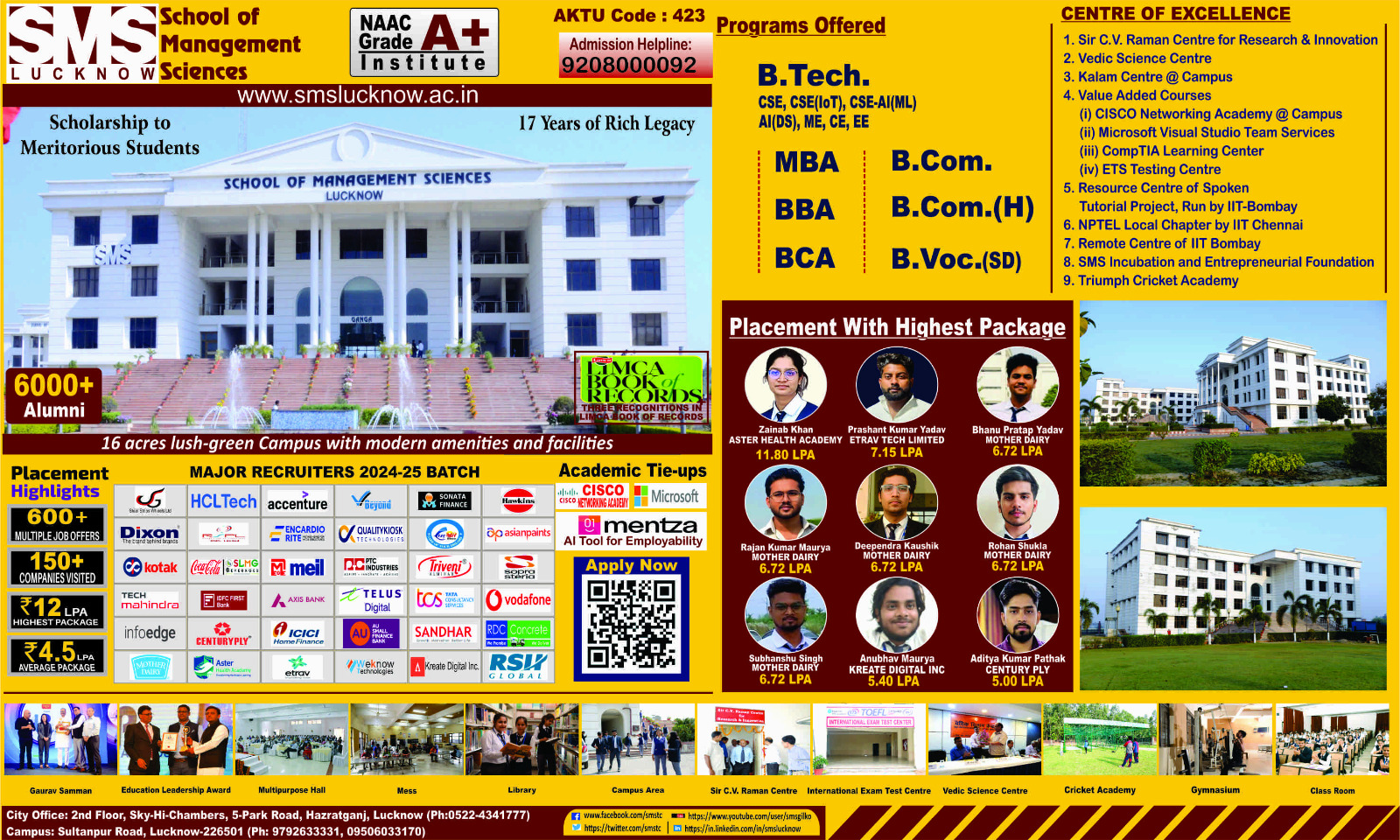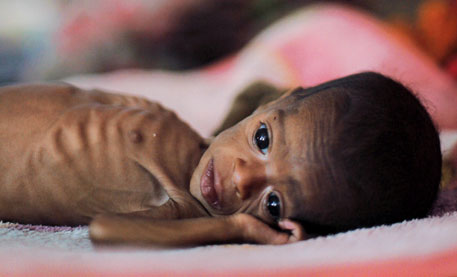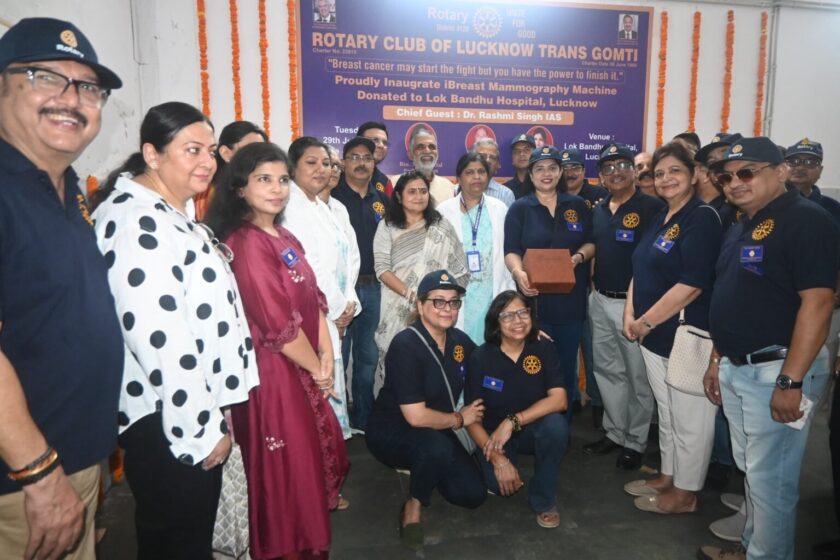Lucknow: The Yogi Adityanath-led Uttar Pradesh government has intensified its efforts to eliminate malnutrition from the state. As of now, 204 Take Home Ration (THR) units across 43 districts are supplying nutritional support to 288 projects, with a vision to establish 347 new THR units by 2026–27. A total allocation of ₹273.50 crore has been made for this ambitious initiative aimed at providing timely and quality nutrition to children, pregnant women, and lactating mothers.
Decentralised Model for Efficient Supply
In a major shift toward decentralised operations, the government has empowered district-level units for efficient THR production and distribution. Under the first phase, 204 units are already functional, directly delivering nutrition support to targeted beneficiaries. This localised approach ensures better quality control, timely supply, and community engagement.
To further strengthen this model, the second phase plans to establish 347 additional THR units by 2026–27, thereby ensuring that every district in the state is equipped to locally produce and distribute nutritional rations.

Full Payments Completed in 11 Districts
A total of ₹273.50 crore has been allocated under a decentralised payment system. So far, 11 districts, including Sant Kabir Nagar, Ambedkar Nagar, Basti, Siddharthnagar, Aligarh, Banda, Etawah, Pratapgarh, Lalitpur, Auraiya, and Mahoba, have successfully completed 100% payments, demonstrating the effective implementation of the scheme.
This move not only strengthens the supply chain but also boosts local employment, as these THR units are often operated by local self-help groups and women’s collectives, contributing to both nutrition and livelihood generation.


Yogi Government’s Vision for a Malnutrition-Free UP
Chief Minister Yogi Adityanath has reiterated his commitment to a “Malnutrition-Free Uttar Pradesh”, placing THR unit expansion as a top priority. These units are being encouraged to incorporate locally available crops and flavours, enhancing both nutritional value and palatability of the food being distributed.
The initiative targets children aged 3 to 6 years, along with pregnant and lactating women, ensuring that nutritious, timely, and high-quality food reaches those who need it most. The overarching goal is to create a healthier and stronger new generation in the state.
This integrated and community-driven approach reflects the state government’s dedication to tackling malnutrition head-on, blending nutrition, health, and economic empowerment under one comprehensive strategy.





